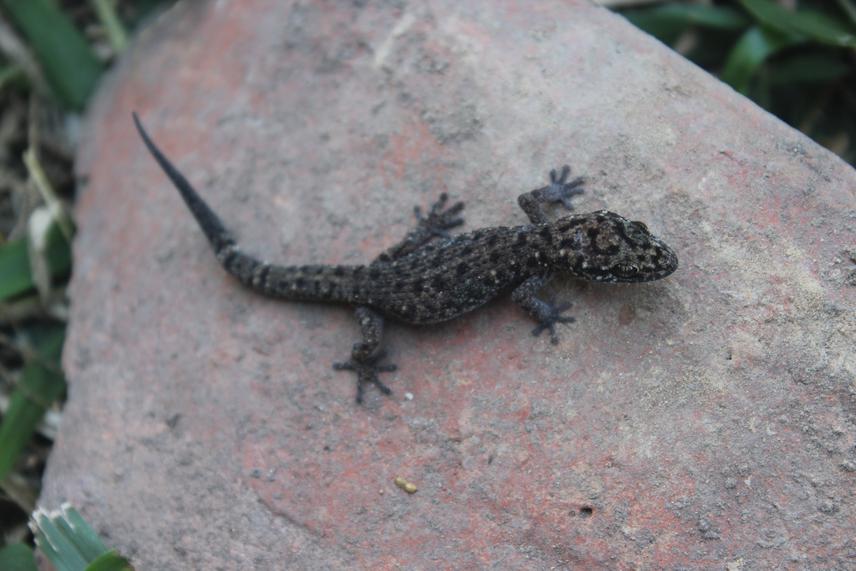Nguyen Huyen Thuong
Since no more published data of the few previous herpetofauna studies conducted in this area is available, research on Dixonius from Laos is really essential. The main objective of the study is to assess the species diversity between habitat, elevations and biogeographical relationships and provide recommendations on Dixonius species conservation measures in Laos. Based on these factors, a first assessment of the species richness and characteristics of the species composition in Luang Prabang and Khammouane, Laos will be conducted, and new records will be described. Finally, recommendations for future investigations on the protection of the area will be given.

Dixonius is a genus in the gecko family with only 8 published species in the world. The genus Dixonius was established by Bauer et al. (1997) for Asian gekkonids formerly placed in the genus Phyllodactylus, on the basis of morphology and its disjunctive distribution (Das, 2004). The genus Dixonius Bauer, Good & Branch, 1997 was erected to accommodate two Southeast Asian species formerly attributed to Phyllodactylus: D. melanostictus (Taylor), and D. siamensis (Boulenger), and since then, 6 additional species have been described: Dixonius aaronbaueri (Ngo et al., 2009), D. hangseesom (Bauer et al., 2004), D. minhlei (Ziegler et al., 2016), D. taoi (Botov et al., 2015), D. vietnamensis (Das, 2004) (Sumontha et al., 2017), and Dixonius kaweesaki (Sumontha et al. in 2017). However, Dixonius has not been studied and published in Laos, thus, research on Dixonius from Laos regarding taxonomy and distribution is really essential. This research will study Dixonius species in the karst area ecosystems of Luang Prabang and Khammouane, Laos, to assess whether karst forest provides optimal habitat for Dixonius.
This project aims to conduct fieldwork in karst formations and surrounding areas of Luang Prabang and Khammouane provinces, Laos, to clarify the evolutionary process, habitat and morphological characteristics of Dixonius species. Moreover, the conservation status of Dixonius species and threats to the biodiversity of the study sites will be described. Recommendations for conservation management in the protected area and buffer zones will be proposed. Another objective of the project is to raise awareness for conservation among local stakeholders including Lao scientists and forest rangers, to enhance understanding and appreciation of biodiversity conservation, and to strengthen the capacity for participation in future research and conservation activities.
Header: Habitat in Laos.